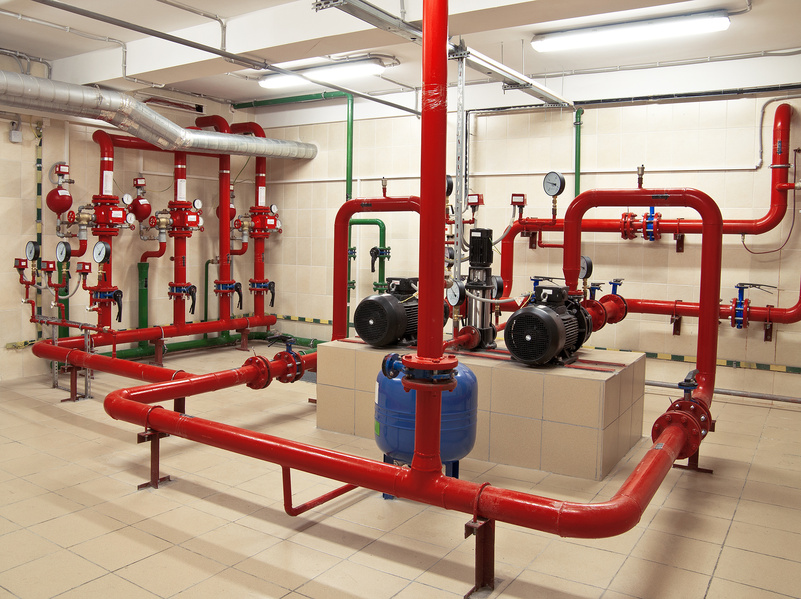
Kitchens are naturally stressful environments as anyone who has ever worked in one can tell you. Aside from hot heads with flaring tempers, the actual threat of fire is a very real one. There are over 8,000 commercial kitchen fires reported every year that cause an annual average of $246 million in property damage annually. Proper restaurant fire suppression systems can quickly respond to some of the most frequent types of kitchen and restaurant fires to prevent disaster and potentially save lives.
Fire Extinguishers
Fire extinguishers are typically the first line of defense to prevent a fire from turning into a blazing inferno. Extinguishers should be located no farther than 30 feet from cooking areas. Regular fire extinguisher inspections are necessary to ensure that an extinguisher will function properly. Kitchen staff ought to catalogue monthly fire extinguisher inspections and complete fire extinguisher inspections ought to be done by a professional every six years. Professional fire extinguisher inspections include a complete breakdown and internal inspection. A study of over 2,000 fire incidents reported that fire extinguishers were able to successfully extinguish over 80% of those incidents; there is no room for error for fire safety.
Sprinkler Systems
Sprinkler systems automatically detect fire and quickly release water to suppress fires and discourage spreading. Automatic sprinkler systems were found to deploy in over 90% of fires that were large enough to activate said sprinklers. Like fire extinguishers, sprinkler systems too should have regular maintenance to ensure that they will deploy and transfer the appropriate amount of water to successfully fight a fire.
Chemical Fire Suppression Systems
Sprinklers are able to combat some fires, but electrical and combustible liquid fires are of a different nature than your traditional Class A fires. Many stovetop ranges in kitchens have over-head chemical suppression systems that successfully put out Class B and Class C fires with greater success than sprinkler systems. Such automatic extinguishing systems ought to be inspected every six months by a qualified service contractor.
The most effective restaurant fire protection systems employ a multi-step precautionary approach. Determining which areas are at the highest risk for certain types of fire is critical. For this reason, fire monitoring services are often used by restaurants to determine which suppressants should be used in different parts of the kitchen and dining room. By using early warning fire detection software, fire monitoring services are able to quickly alert employees, guests, and the fire department to minimize damages and potentially save lives. Training kitchen staff on fire safety procedures can also go a long way to preventing a costly and dangerous disaster.